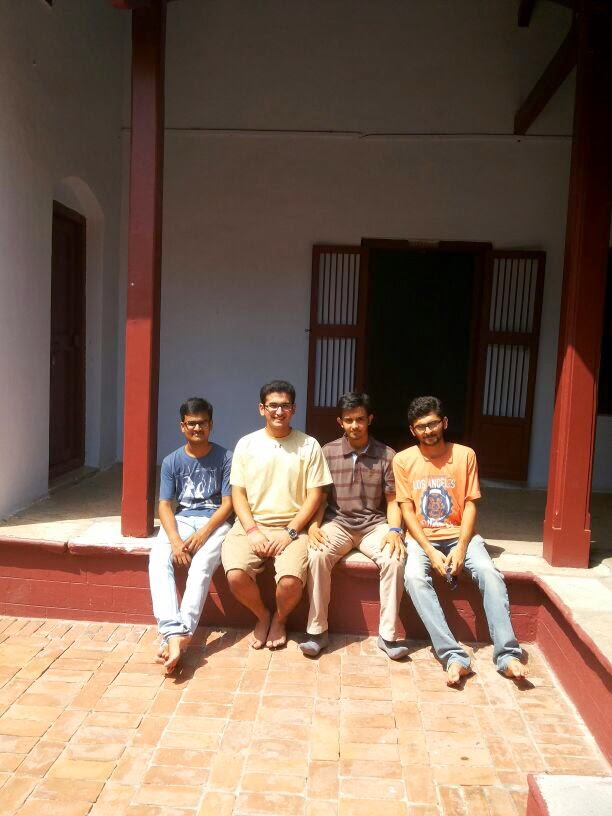So over the course of the last week the big focus for me has been to create and implement a campaign to promote the Spekboom plant that I have been working on in conjunction with a fundraising campaign in a specific office park found in Stellenbosch. The goal has been to raise funds that would sponsor all ventures that Heart Capital has going on. With that I had to put together the product design and the plants that we have been giving away. One other intern and I have been delivering the plants as guerilla marketing to initiate first contact as well as follow ups with certain companies in the office park. Basically showing up, telling them about Heart Capital, leaving these plants with promotional material, saying we will follow up to set a meeting with someone in charge, and hopefully also initiating sales for the plants. In two weeks time we will be returning to collect the plants but possibly just collecting money for the sale of the plant that they will want to keep and possibly buy more of.
The other main thing is that last Friday, once again, it was down pouring so the planting event has been rescheduled for this week and will not have to be pushed back again. We have gotten a few sales between individual ones and company planting ones so the project is going very positively. Other than that I have also started working on creating a functional finance layout of orders, invoices, order forms, and creating income statements and such as the business is launching off with sales. It has been a very hectic time of putting things together and making deliverables but so far I am very happy with the way that sales, marketing, finance, etc. have been going.
On a funner note - I also had the opportunity to go bungee jumping at the highest site in the world.
The other main thing is that last Friday, once again, it was down pouring so the planting event has been rescheduled for this week and will not have to be pushed back again. We have gotten a few sales between individual ones and company planting ones so the project is going very positively. Other than that I have also started working on creating a functional finance layout of orders, invoices, order forms, and creating income statements and such as the business is launching off with sales. It has been a very hectic time of putting things together and making deliverables but so far I am very happy with the way that sales, marketing, finance, etc. have been going.
On a funner note - I also had the opportunity to go bungee jumping at the highest site in the world.








































